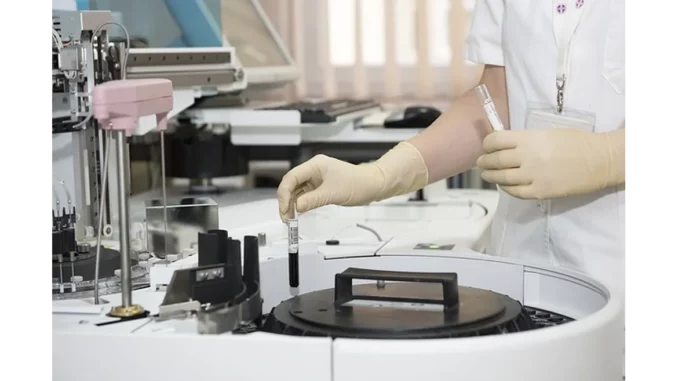
In the constantly evolving field of oncology, where every new development is met with cautious optimism, a recent breakthrough has generated a significant wave of excitement and anticipation. The University of Navarra in Spain has led a collaborative clinical trial that holds promise in addressing some of the most challenging tumours. Researchers have discovered that by blocking a specific cytokine, growth differentiation factor 15 (GDF-15), they can potentially overcome the resistance that some tumours exhibit against advanced cancer therapies.
I had the privilege of discussing these developments with Dr Emily Carter, an independent oncologist who has been closely monitoring the trial’s progress. Dr Carter, with her composed and reflective approach, provided valuable insights into the implications of these findings for the future of cancer treatment. “Oncology has made remarkable strides with the introduction of immunotherapies,” Dr Carter explained. “However, a significant challenge remains: not all patients respond uniformly. The tumour microenvironment, replete with elements like GDF-15, frequently acts as a shield, rendering the cancer resistant to otherwise effective therapies.”
The study, which has been published in the esteemed journal Nature, examined the potential of an innovative compound, visugromab, an anti-GDF-15 antibody. This compound was used in conjunction with nivolumab, a well-established anti-PD-1 antibody in cancer immunotherapy. The trial’s participants included patients who had previously demonstrated resistance to anti-PD-1 or anti-PD-L1 therapies, bringing a renewed sense of hope to those who had faced setbacks.
Dr Carter elaborated on the significance of the trial’s findings, particularly for patients with advanced, refractory cancers such as non-squamous non-small cell lung cancer and urothelial cancer. “Among the 27 participants with these types of cancers, several experienced partial or complete responses. This is noteworthy because it indicates that by targeting GDF-15, we can disrupt the tumour’s immunosuppressive environment, thereby enabling the immune system to function effectively.”
The enthusiasm in Dr Carter’s voice was evident as she described the mechanism through which GDF-15 inhibition operates. “We observed increased T cell infiltration and activation within the tumours, essentially reactivating the immune system’s ability to identify cancer as a threat. The pharmacodynamic assessments, which showed increased expression of interferon-γ-related signalling and cytotoxic markers, were particularly encouraging.”
While the findings offer a promising step forward, Dr Carter was cautious in managing expectations. “These results, while crucial, are still preliminary. The trial sample size was relatively small, and further research is required to replicate these findings and fully comprehend the broader implications of GDF-15 inhibition in cancer therapy.”
When asked about the future implications of this research, Dr Carter highlighted the potential impact on patients with hard-to-treat tumours. “Should these results be substantiated in larger trials, we could witness a paradigm shift in cancer treatment strategies. For patients who have exhausted existing treatment options, this represents a new avenue for exploration. It’s about restoring hope where it was once absent.”
The trial also underscored the significance of collaboration in scientific research. “This was a multi-institutional endeavour,” Dr Carter emphasised. “While the University of Navarra spearheaded the initiative, it necessitated the collective effort of numerous researchers and institutions. It exemplifies what can be accomplished when we unite towards a shared objective.”
As our discussion concluded, Dr Carter reflected on the broader impact of these findings. “In oncology, every advancement is a victory. The focus is on improving patient outcomes, extending lives, and ultimately, finding a cure. The work being undertaken with GDF-15 inhibitors serves as a beacon of hope, and I am eager to see where this research will lead us in the coming years.”
The journey of cancer treatment is characterised by constant evolution and adaptation. The findings from this trial represent not merely a scientific breakthrough, but a renewed sense of hope for patients and families affected by cancer. As ongoing and future trials continue to explore the potential of GDF-15 inhibition, the oncology community awaits with anticipation, hoping for a future where cancer resistance is surmountable and lives are saved.


Be the first to comment